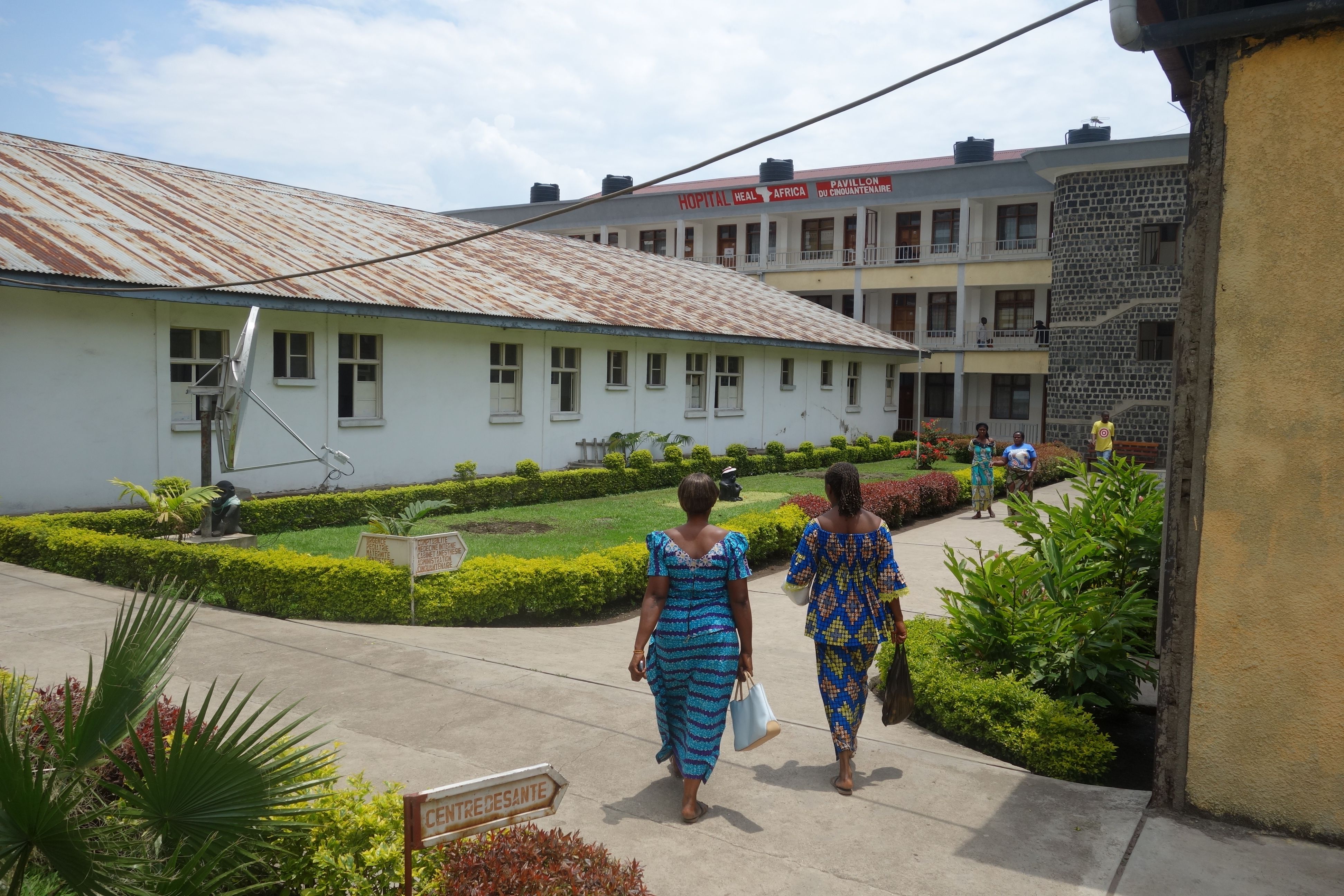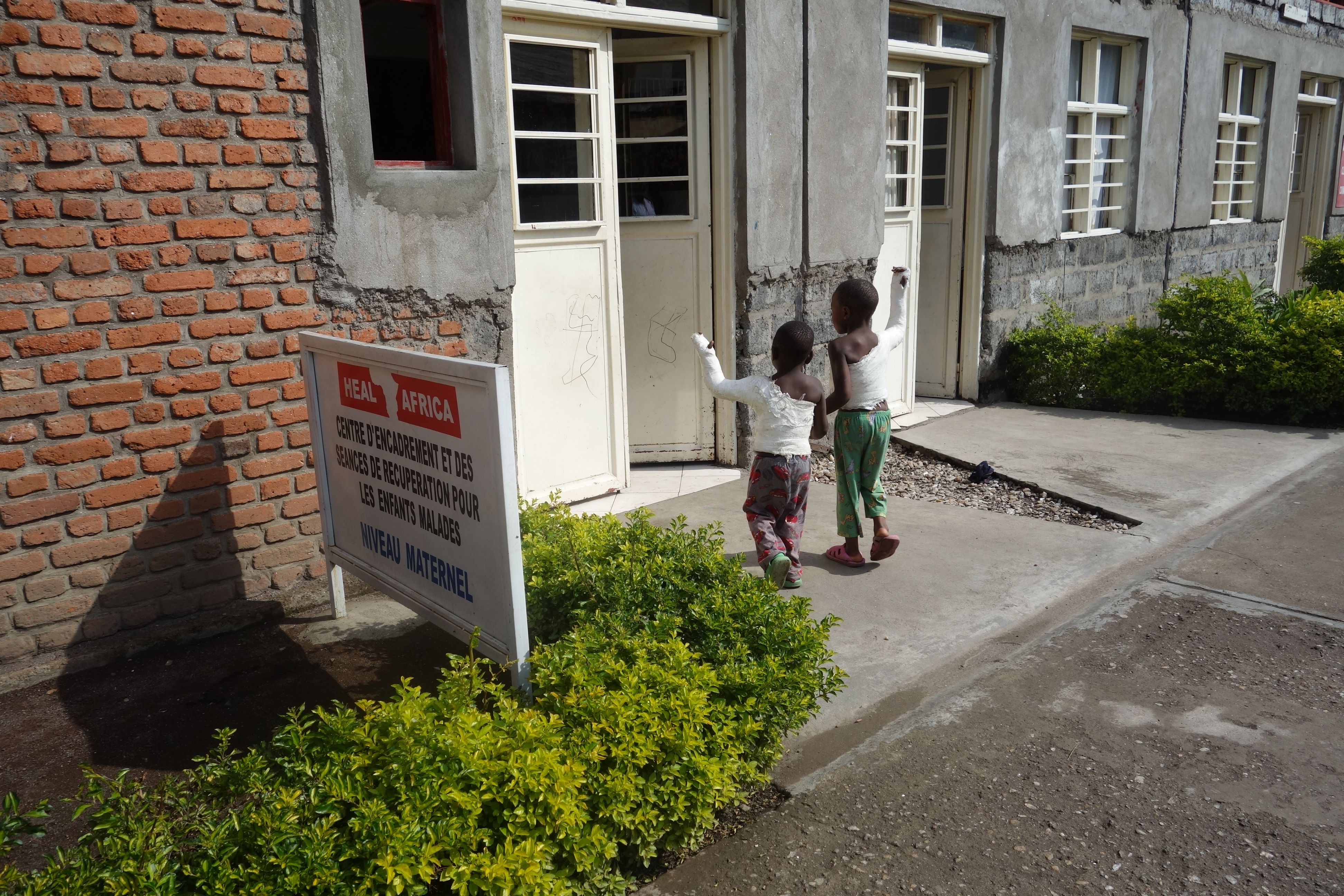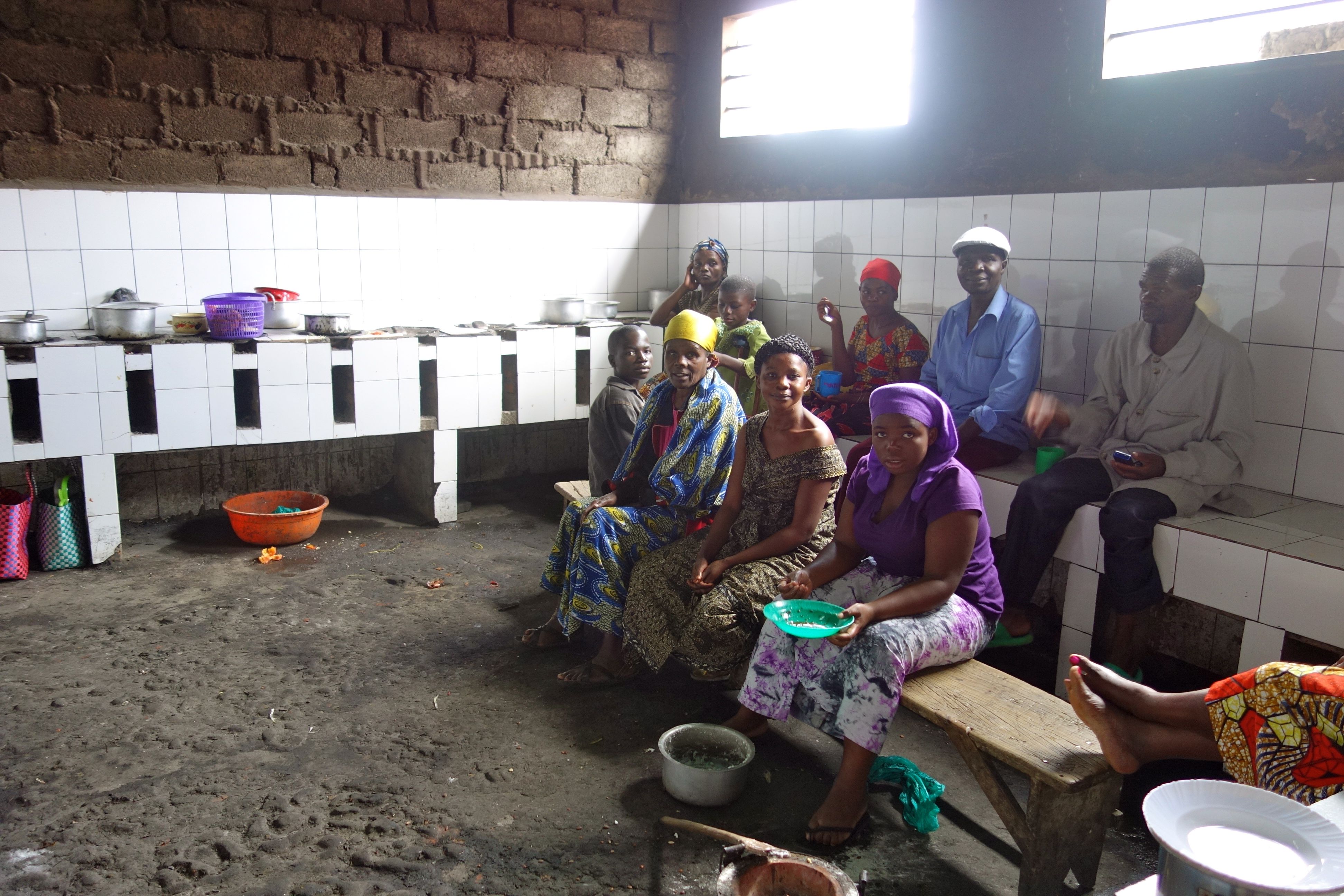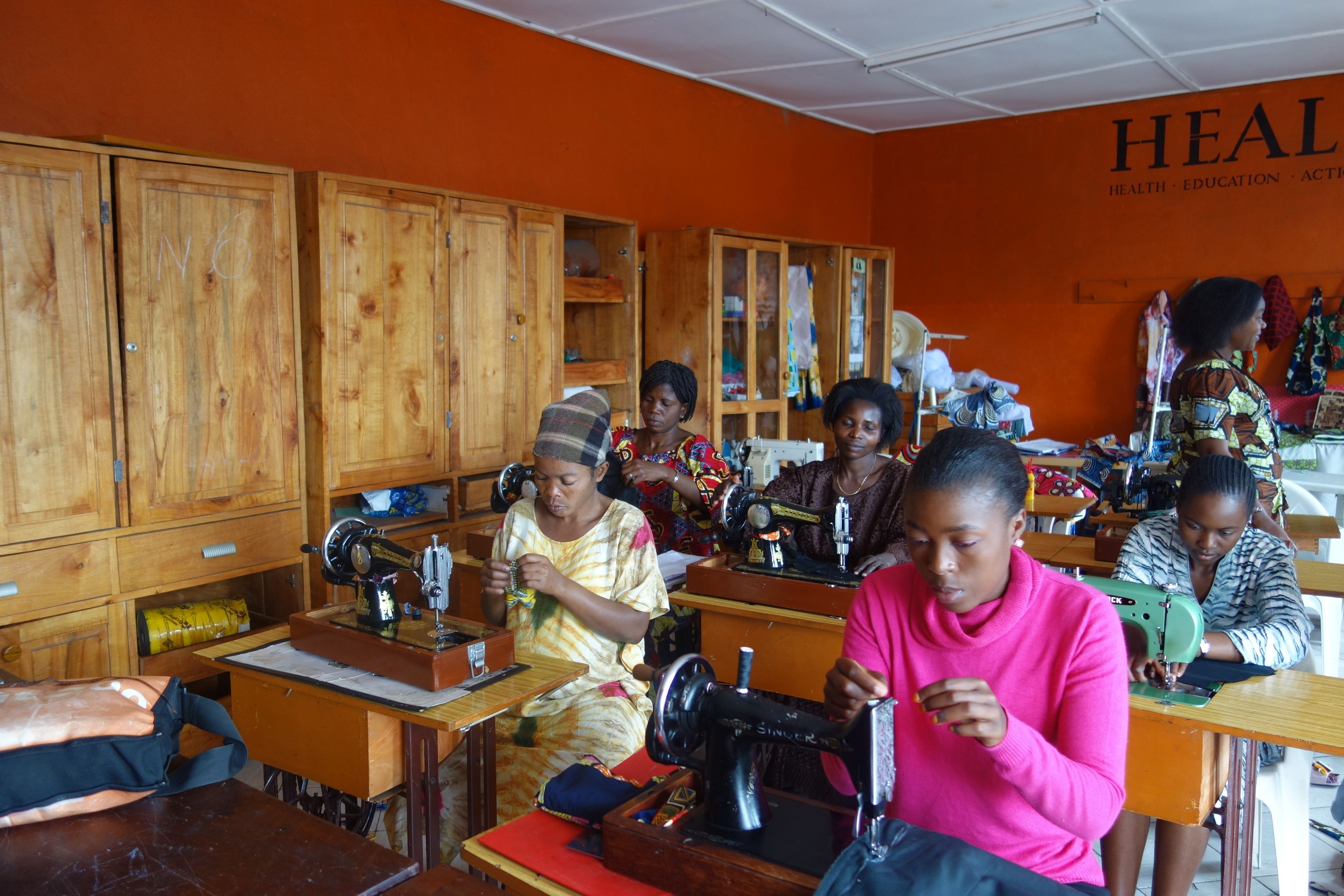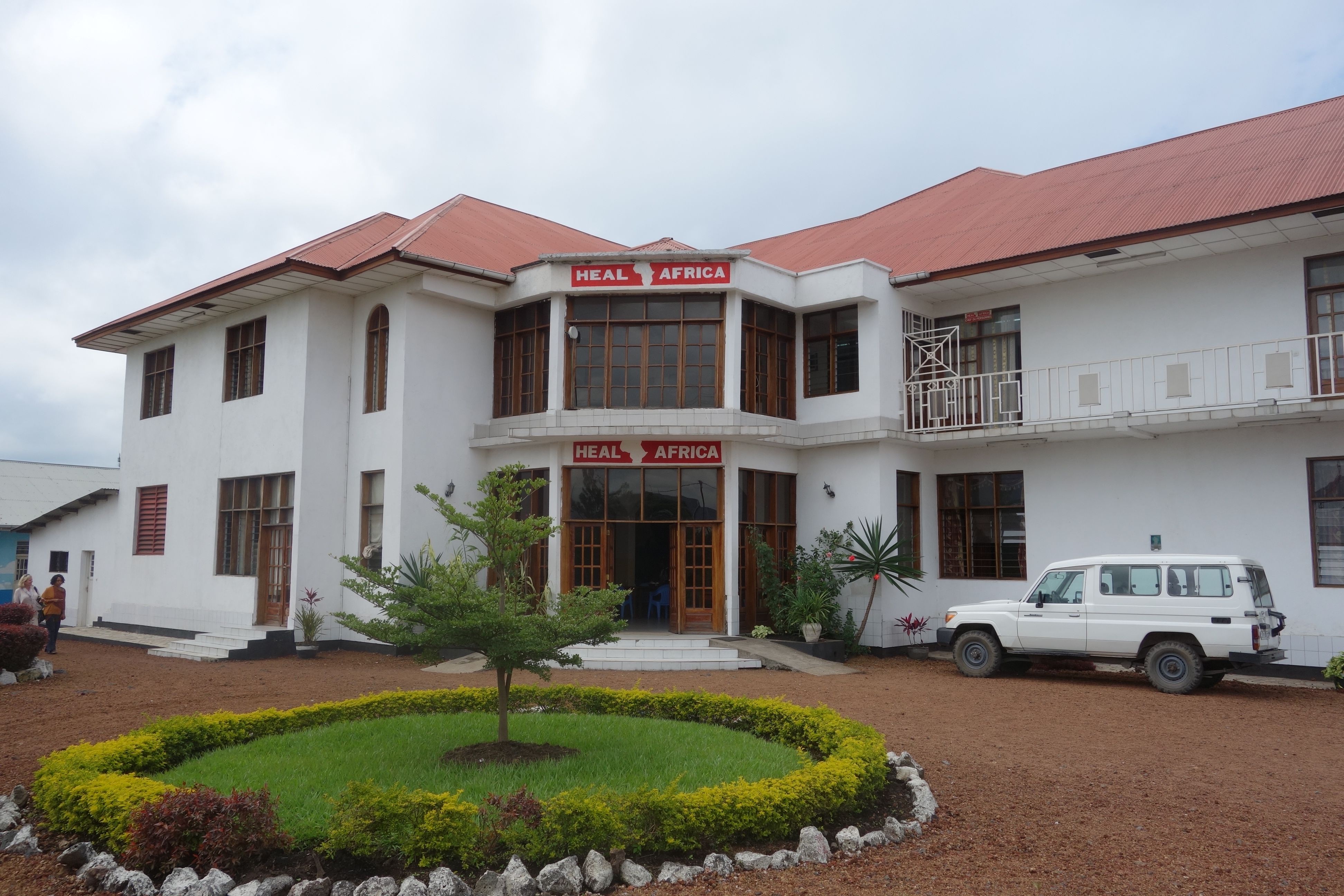Dr. Kasereka “Jo” Lusi, an orthopedic surgeon who performs much needed operations in the war-torn region of Goma, the largest city in eastern Congo, is also a forceful advocate for women’s rights.
“If you assist women and children you have begun to deal with the health of a nation,” he said. In a country where “raping a woman is like nothing,” he added, “we must show women their rights and teach the men.”
Lusi believes that “healing is about more than surgery or pills.” He has put that philosophy to work in one of the world’s most troubled countries, devoting four decades to the practice of holistic medicine.
Until her death two years ago, his partner in that work was his wife Lyn, an Englishwoman Lusi met in 1974 when she came to Congo to teach. The two worked in a hospital and in schools in the northeast of the country for many years. In 2000, they founded HEAL Africa, which became the region’s premier teaching hospital in Goma. The HEAL in HEAL Africa stands for Health, Education, Action and Leadership.
The ongoing conflict in eastern Congo has destroyed villages, displaced thousands, and made women more vulnerable to rape. Between January and July 2013, UNHCR (the UN Refugee Agency) registered 705 cases of sexual violence in the region, including 619 cases of rape. Rebel groups and the Congolese army were responsible for most of these. Of the 705 reported cases, 434 were perpetrated by armed persons.
Living in Goma, both Jo and Lyn Lusi saw firsthand the effects of war. While they trained 30 doctors in 11 years, they also treated survivors of sexual violence—4,800 women between 2002 and 2012. Many of their patients suffered from fistula tears, the result of rape or childbirth trauma, and HEAL Africa’s doctors became renowned for their expertise in fistula repair.
Women who come to HEAL Africa for medical care receive far more. “We treat her body, but we also give her skills,” Lusi said. Some stay in residence during their recovery. They take part in vocational training, learning skills such as sewing and ceramics, and they are encouraged to sell their crafts. There’s even a classroom and a teacher for small children.
Women are also taught literacy skills and given access to micro-credit loans. “When a woman is illiterate, she lacks confidence,” Lusi said. “When a woman is absolutely poor, she lacks confidence. Women must become interlocutors with their husbands.”
The influence of HEAL Africa is felt far beyond the borders of Goma. Nurses and birth attendants are sent into villages to provide medical assistance. Mothers who may have had to rely on “the village woman” for delivery now for the first time have other options.
When Lyn Lusi died of cancer on March 17, 2012, she was mourned not only by her family, but throughout the nation. Lusi continues the work she left behind. He likes to say, “Healing is like making a big salad with many ingredients.” He does it with gusto.
Kem Knapp Sawyer is a Contributing Editor at the Pulitzer Center. This article was originally published on Dowser on February 11, 2014.
